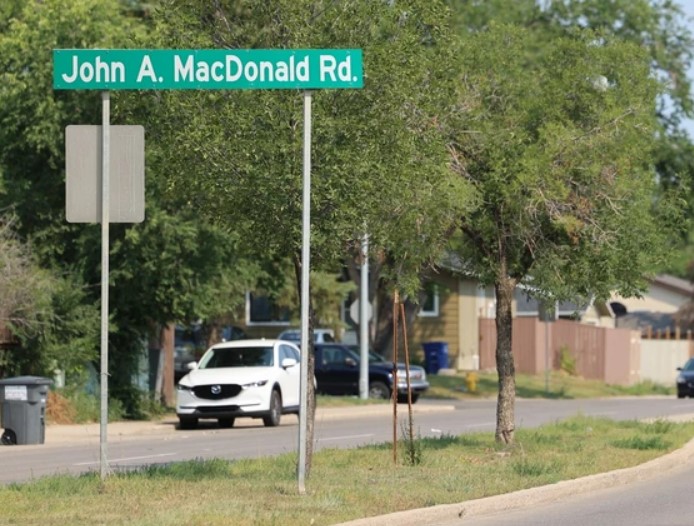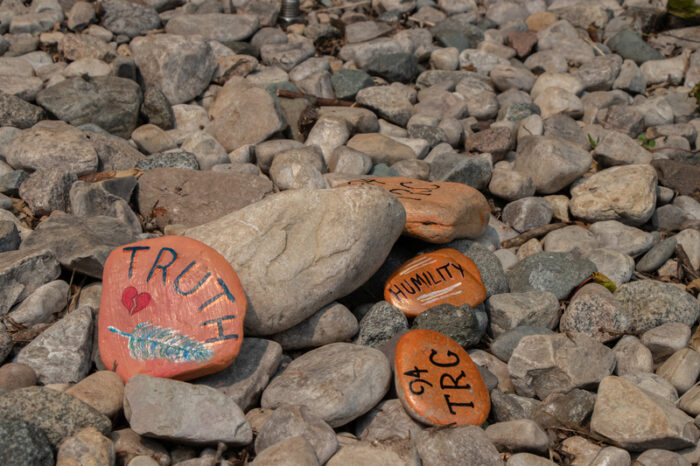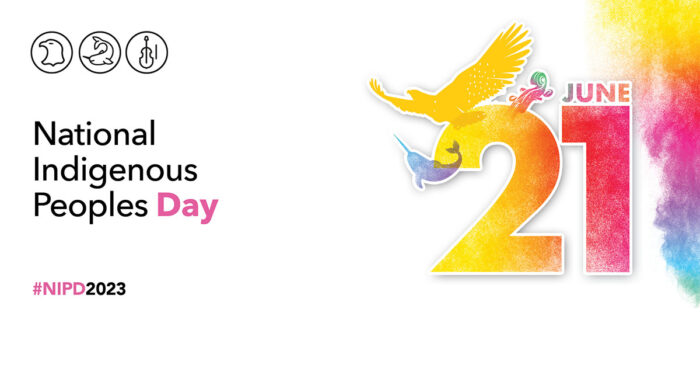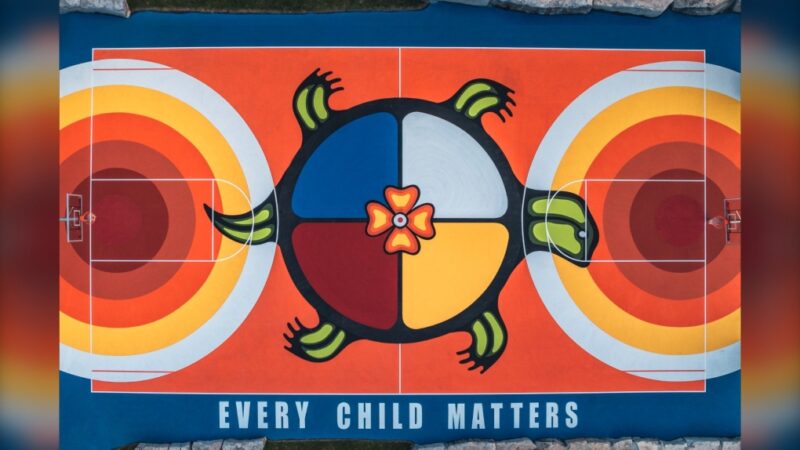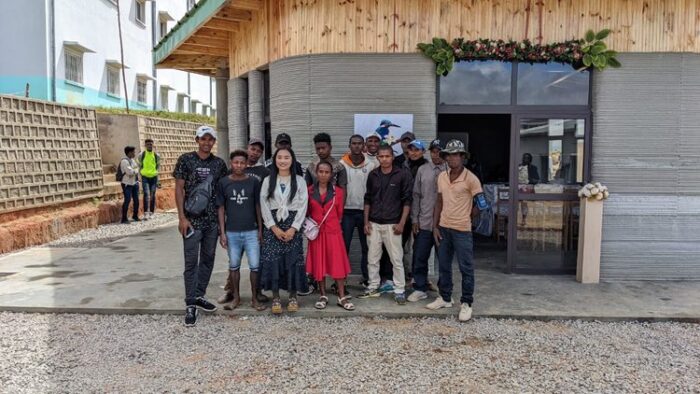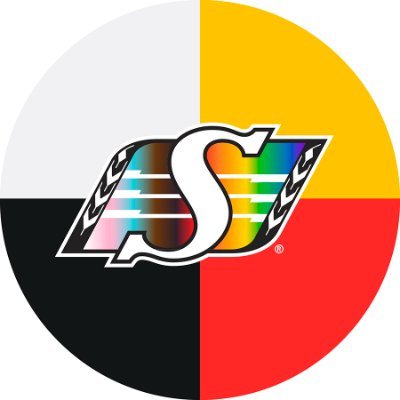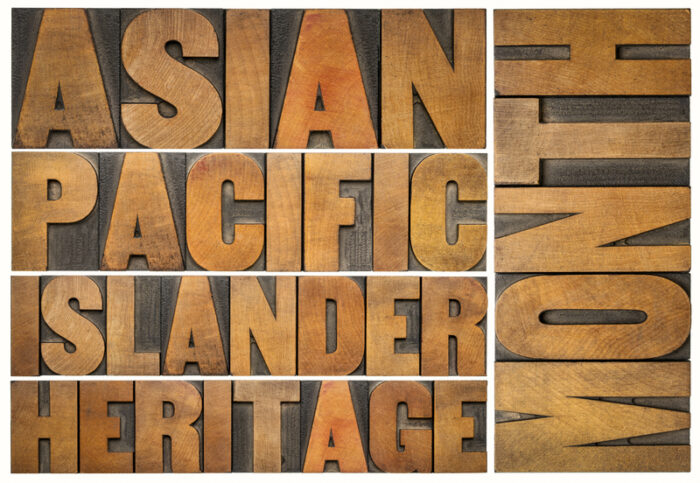Trigger warning: This post discusses the issue, troubling history, and current trauma of residential schools in Canada.
Today is a very significant day for all Canadians. It is one that addresses an important issue in this country.
September 30, 2021 is the first-ever National Day for Truth and Reconciliation.
This is an official day to honour the Indigenous children who were lost and those who survived the residential school system in Canada. The day falls on the same date as Orange Shirt Day, which is an Indigenous-led movement started in 2013 to recognize the same issue of residential schools. Perhaps this is something that you have participated in before. You may be wearing an orange T-shirt right now.
Today takes what that movement began and makes it an official day of recognition. It is a day of reflection, remembrance, and education, and it is a key part of the process of reconciliation. To understand what that means, we need to begin with the history of the residential school system.
Schools designed to erase culture
Indigenous children hold up a banner that says "Every Child Matters", a reminder of the importance of truthfully remembering those who lost their lives at residential schools. (Getty Embed)
There were 140 residential schools in Canada that were run sometime between 1831 and 1998. Each of these schools were run by the federal government. The only students were Indigenous children, who were forcibly removed from their homes and made to attend. The students lived at these schools, away from their families.
At the schools, the students were forbidden to speak their own language or to express any aspect of their own culture, including through clothing, dance, song, food, or storytelling. Instead, they were made to learn the English and/or French language and to adopt the culture of settler Canadians. In the words of John A. MacDonald, Canada's first prime minister, the schools were made to "take the Indian out of the child". ('Indian' was a term used by settlers to describe an Indigenous Person for several centuries.)
A terrible legacy
A memorial in front of the British Columbia Parliament Building in July 2021, after the confirmation of further unmarked graves at residential schools. (Getty Embed)
Indigenous children also suffered terrible physical and emotional abuse at these schools. In many cases, children died at the schools due to this neglect and mistreatment. For generations, Indigenous Peoples told stories of these horrors, but these stories were mostly ignored outside their own communities.
On May 27 this year, horrifying news came from the site of a former residential school in Kamloops, B.C. that confirmed what these stories had always claimed. Research using ground-penetrating radar concluded that the bodies of 215 Indigenous children were buried there. This news sparked outrage and grief across the nation. Further research at the sites of other schools have revealed more remains, with many dozens of schools still left to be searched.
As protests were held across the country, Parliament responded by passing a bill on June 3 to create a National Day for Truth and Reconciliation, which would now happen every September 30.
What is Truth and Reconciliation?
A statue of Egerton Ryerson at Ryerson University in Toronto marked with paint in protest. Ryerson was an influential voice in the design of the residential school system—a fact pointed out on the white sign in the foreground, which was made by the Truth and Reconciliation Commission. The statue has since been torn down and the university has announced that it will change its name. (Getty Embed)
Those words—'truth' and 'reconciliation'—were not chosen by accident. They come from a group that was formed in 2008 called the Truth and Reconciliation Commission (TRC).
It was formed following years of legal pressure by survivors of residential schools and other Indigenous groups, including the Assembly of First Nations and various Inuit representatives. They demanded that the truth be told about what happened at these schools and that people be held accountable. This pressure resulted in the largest class-action settlement (a type of court decision) in Canadian history, the Indian Residential Schools Settlement Agreement (IRSSA) in September 2007.
In addition to a billion-dollar fund to aid survivors, the TRC was formed to a) investigate the truth of the residential school system, and b) offer ways to advance reconciliation. Reconciliation here means bringing dignity, respect, and balance to the relationship that Indigenous Peoples have with the rest of Canada.
The 94 Calls To Action
A march this summer honouring those lost at residential school and the survivors. (Getty Embed)
The TRC completed their work in 2015, having interviewed thousands of people who told how these schools affected their lives and their communities. This work created a wealth of statements and documents that are now held at the National Centre for Truth and Reconciliation at the University of Manitoba in Winnipeg. The TRC also created the 94 Calls To Action.
This is a list of things for Canada to do to bring about reconciliation. The 94 Calls cover all aspects of society, from child welfare and education, to language and justice. One section (Calls 79 to 83) handles commemoration, or how this history should be acknowledged. Call 80 says this:
80. We call upon the federal government, in collaboration with Aboriginal peoples, to establish, as a statutory holiday, a National Day for Truth and Reconciliation to honour Survivors, their families, and communities, and ensure that public commemoration of the history and legacy of residential schools remains a vital component of the reconciliation process.
When Parliament officially created this day earlier this year on June 3, they were responding to this Call To Action.
How to respect this day
Though today is one that is full of importance for all of us, it means different things from person to person. Some Canadians are still only now just learning about the truth of residential schools—for them, today is about education. For others, today is a day of mourning. It is a day that reminds them that the scars of this school system are still with us.
For example, many Indigenous languages—a deeply important part of identity and culture—are threatened with extinction because so few people still speak them. This is a direct result of residential schools.
Facing a big truth like this can be overwhelming. But facing it is what today is all about, because that is how communities begin to heal. To close, we'd like to share some resources to help learn more about Indigenous Peoples and the legacy of residential schools.
If you enjoy picture books, IBBY (International Board on Books for Young People) has a tremendous collection of Indigenous picture books here.
For a wider variety of books—including ones for all age groups and in all genres—go to Goodminds.com. In particular, here is a link to their residential schools section.
Another excellent publisher is 4Canoes. You can find their Indigenous books and magazines here.
This new video is of Phyllis Webstad, who is the founder of Orange Shirt Day. Here she shares her story of attending residential schools, as well as what the first National Day for Truth and Reconciliation means to her. There are some excellent thoughts on how to approach today.
You can also read the 94 Calls To Action for yourself here. The Government of Canada website breaks them down by section, which makes it a little easier to understand.
We have also done a number of stories here on OWLconnected that can help bring context to current issues. Here are just a few.
- An interview with author Ziigwen Mixemong discussing her 4Canoes book, Gifts For Dawnis
- An interview with Mskwaankwad Menoomnii, who runs a course on learning the Ojibwe language
- An interview with author David A. Robertson discussing his excellent Indigenous fantasy novel, The Barren Grounds
- A post looking at a mural in Selkirk, Manitoba about the legacy of residential schools
- A post about the similarities between systemic racism faced by Indigenous, Black, and other racialized people in Canada
- A post looking at reasons behind Indigenous protests during the 150th anniversary of Canada in 2017
We hope that you find these resources helpful. Please share with us how you plan to commemorate this day in the comments.
 The orange T-shirt has become a symbol of commemoration for those Indigenous children who were forcibly taken to residential schools. (ID 228065215 © Marc Bruxelle | Dreamstime.com)
The orange T-shirt has become a symbol of commemoration for those Indigenous children who were forcibly taken to residential schools. (ID 228065215 © Marc Bruxelle | Dreamstime.com)
